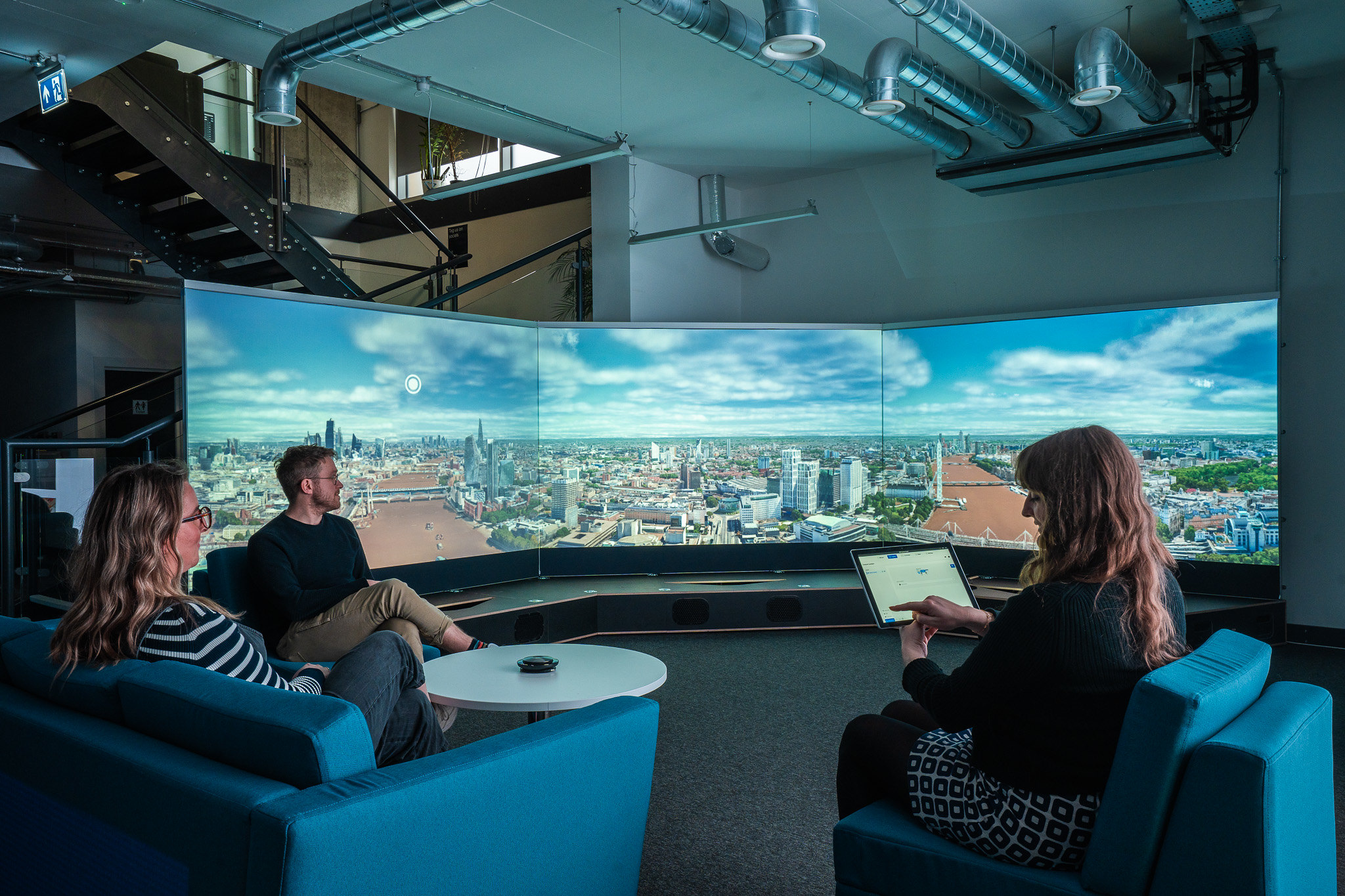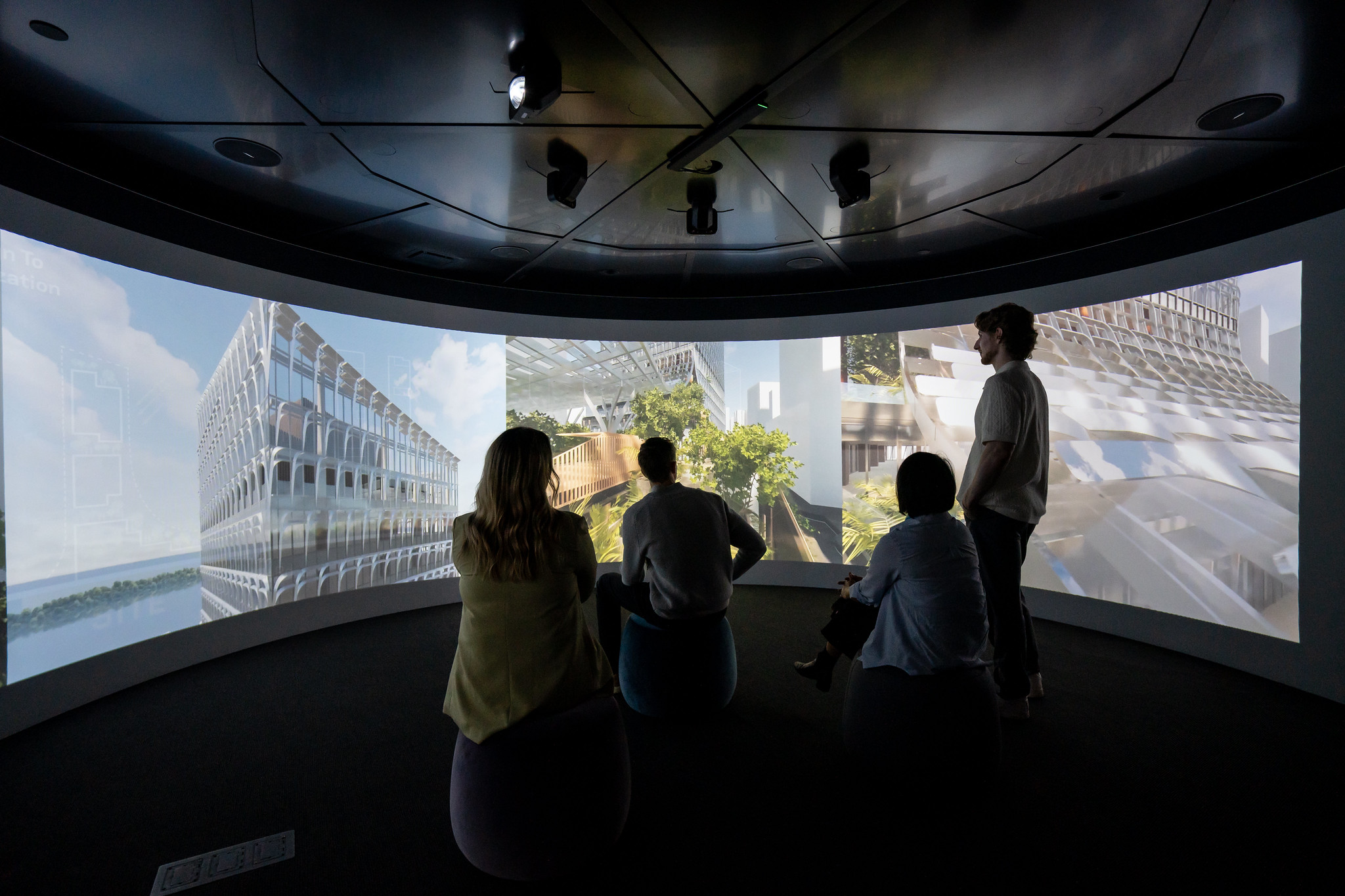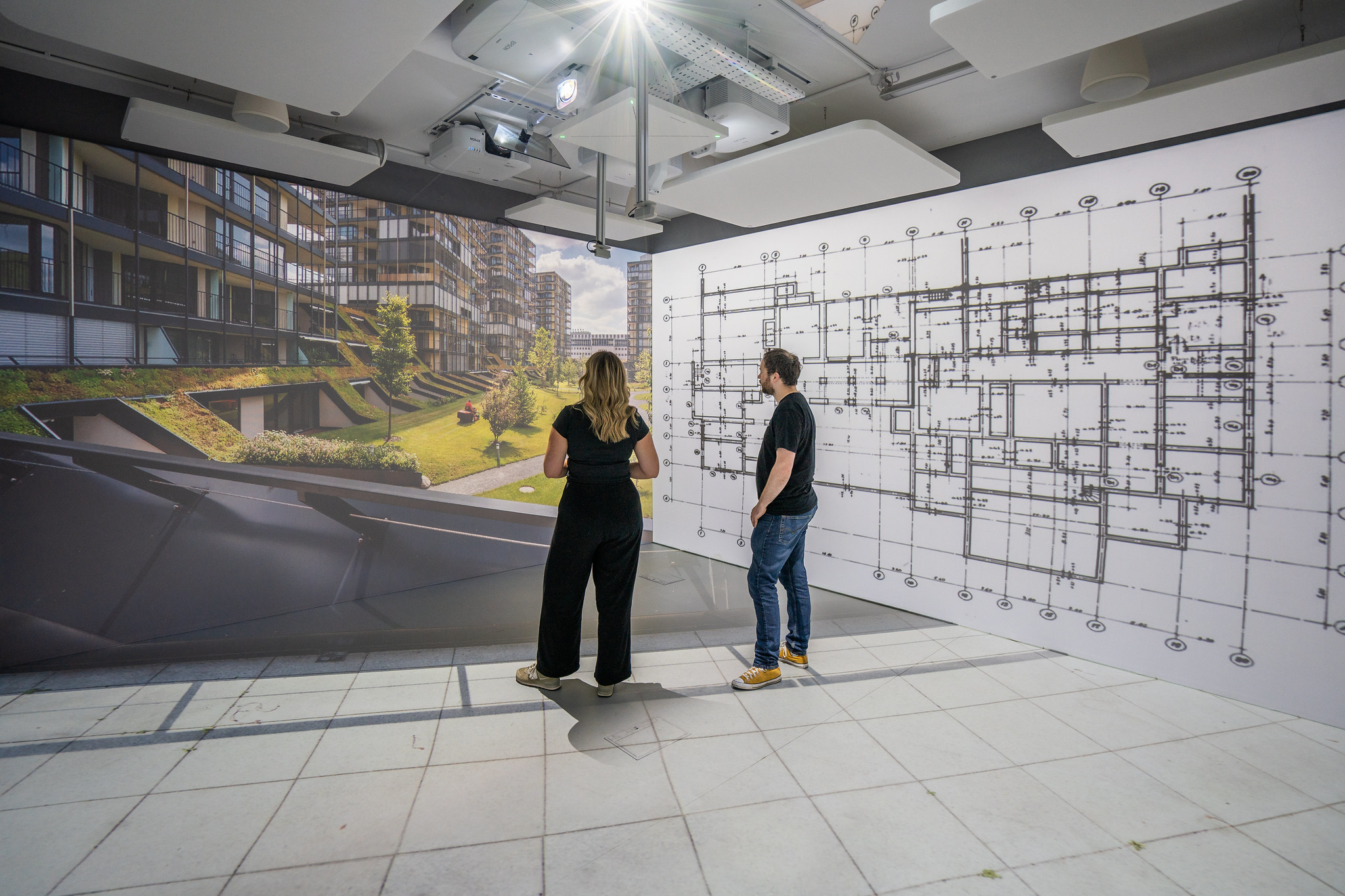
A brilliant resource for teaching with immersive content
10th November 2020
One of the biggest questions we get asked is - “where can I find content for my Igloo?”It’s a particularly burning question for…
Training is an essential part of any business – ensuring safety, optimising operations, and extending best practices across the board.
Yet all too often, training fails to convey the experience of conducting the task it is preparing the employee for. To compound the issue, it can also fail to engage the trainee, leading to a ‘box-ticking culture’ and less effective training, which could ultimately cost a company millions.
In years gone by, before the computer and when the notion of a company like Igloo would have been dismissed as a fantasy, employee training was delivered in person and on-site, meaning it was expensive, disrupted ongoing work, and came with health and safety considerations.
With the rise of personal computing in the 90s and the subsequent digitisation of just about everything, training inevitably moved online. And, whilst the cost, disruption, and risk were reduced to near nil, some engagement and effectiveness were also lost.
Now, we are seeing a rise in immersive training, both in virtual reality headsets and shared immersive spaces. Immersive training aims to combine the benefits of in-person training with the risk reduction of point-and-click computer training.
But does it actually work? And what is the benefit of making a significant investment in immersive training?
.jpg)
Fifteen years ago, Igloo started as an events and music company, offering immersive experiences on the road. It was only as our software developed, and through the ingenuity of some of our clients, that Igloo began to realise its potential as a training tool.
As clients adapted our spaces and challenged us to evolve our software, we became able to meet their needs as a training enabler. Fast forward to the present day, and some of the world's smartest and biggest companies are using Igloo immersive spaces for training, including AtkinsRéalis, BP, Microsoft, and more.
So, having been around as immersive spaces progressed and enabling them to go from first use as a training tool to machines that now save companies millions, we know a thing or two about immersive technology and training – so here are five reasons why it triumphs over e-learning:
1) In-person collaboration and feedback
Ask any educator or trainer what the most important part of teaching and training is, and they’ll likely say instant peer-to-peer interaction and feedback.
By delivering training face-to-face, you encourage collaboration and group problem-solving, engaging attendees far better than you would with point-and-click exercises. You are also able to correct mistakes and demonstrate best practices first hand, which are far more likely to be remembered.
This is one area where shared immersive training really proves its value over other methods. Another common technology used for immersive training, VR headsets, doesn’t feel entirely natural. You get an all-encompassing 360-degree view, but it rarely feels like being there in person.

2) In-person training without the cost or risk
Another aspect of face-to-face, in-person training are the associated costs and risks.
If you operate on-site using sophisticated and heavy machinery, then the risk to trainees can be high, especially if the site is still in operation elsewhere. And, should you wish to negate this risk by partially closing the site, you must deal with the related costs.
Immersive training gives you the best (and safest aspects) of both worlds, simulating the environment that employees will work in whilst allowing you to keep the site fully open and fully operational, with no costly downtime.
And, if you choose to use an Igloo Core Engine-powered immersive space, you’ll find that it fits seamlessly into your existing workflows. That’s because our software integrates, out of the box, with almost any type of digital content. Plus, if you’re looking to create digital twins of your working environments, you can draw on the power of game engines like Unity and Unreal, which both work natively with Core Engine.
.jpg)
3) Increase engagement and improve retention
Employers need their employees to be fully engaged with training to retain the learnings.
This is the primary benefit of delivering your training in person. You can ensure that your learners are focused on the task at hand, and the natural involvement of in-person training ensures that information is retained far better.
Once again, immersive training provides an accurate reprisal of in-person training. We often see clients recreate scenes as realistically as possible, using 360° video, digital twins, and interactive elements to keep employees engaged. You can also wear the uniform and safety gear that you would typically use on-site, as well as any tools, to increase the validity of your training.
_1.jpg)
4) Train groups, measure progress
If you work in a high-pressure, fast-paced environment it is essential that you know newly trained employees are up-to-pace and ready to seamlessly fit into their role.
One of the advantages of e-learning is the ability to track learners’ progress and knowledge in real-time. Yet it often falls short of getting people up to speed in the time required.
Immersive training allows you to track employee progress, as well as expedite the pace of progress with the additional validity it provides – giving you the confidence of knowing your workforce is ready and capable.
Igloo-powered immersive spaces are a proven and effective tool for training large groups of people in a safe and effective manner. Just this year, AtkinsRéalis, when faced with a tight deadline to commission a complex drilling platform, turned to an Igloo immersive cylinder to safely induct over 900 workers in just over 2 weeks.

5) Save money
Ultimately, you want your training methods to be safe and effective, but you also want the reassurance that it’s the right method for your bottom line.
As immersive technology becomes more commonplace in organisations worldwide, we’ve seen more and more clients use it to save massive sums of money. Lanes Group, the UK’s largest independent drainage and utilities specialists, made the switch to an Igloo immersive space to deliver its training.
The cost reductions, without sacrificing safety, were drastic. Lanes Group reported a $1.25m reduction in recruitment and training costs, combined with a 57% reduction in employee attrition and the associated cost savings that entails.

The Igloo opinion
When considering which training method you want to use, it is important to consider three key points:
If you’re satisfied that those three conditions are being met, then the training provided will be an effective tool. And, make no mistake about it, both practical and e-learning training techniques have their place.
What immersive training does is take the best elements of both and combine them into one.
It allows for emerging tools and techniques such as gamification and tracking real-time progress, with the benefits of practical, hands-on learning. And, it’s a proven tool to increase efficiency and save money at the same time.
So, if you want to explore how immersive training can transform your recruitment and onboarding, get in contact with us.
 The top features of our software for immersive spaces.
The top features of our software for immersive spaces. How Shared Immersive Technology Delivers Value Across the Entire Energy Asset Lifecycle
How Shared Immersive Technology Delivers Value Across the Entire Energy Asset Lifecycle Evolution Of Virtual Reality
Evolution Of Virtual Reality What Is The Business Case For Immersive Spaces?
What Is The Business Case For Immersive Spaces? Using Immersive Spaces To Elevate Your Business
Using Immersive Spaces To Elevate Your Business How VR is Contributing to Sustainable Living
How VR is Contributing to Sustainable LivingCategories: Education, Architecture, Engineering, Construction

10th November 2020
One of the biggest questions we get asked is - “where can I find content for my Igloo?”It’s a particularly burning question for…

25th August 2020
For Igloo, the Architecture, Engineering and Construction sector has always been an important market. One big reason for this is the fact that our…

19th August 2020
Virtual reality is a powerful tool for helping customers see things that don’t yet exist - so it’s especially useful in the architecture…